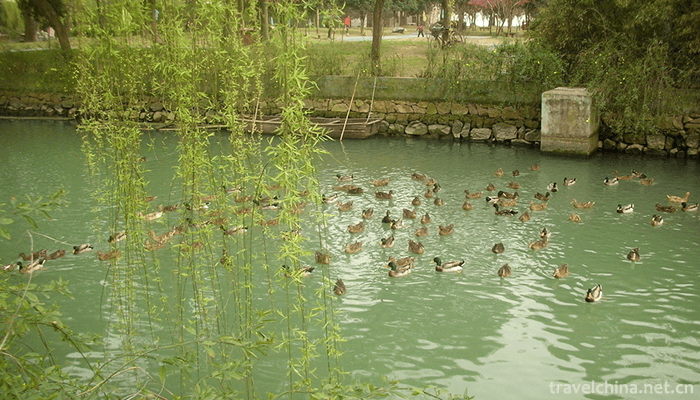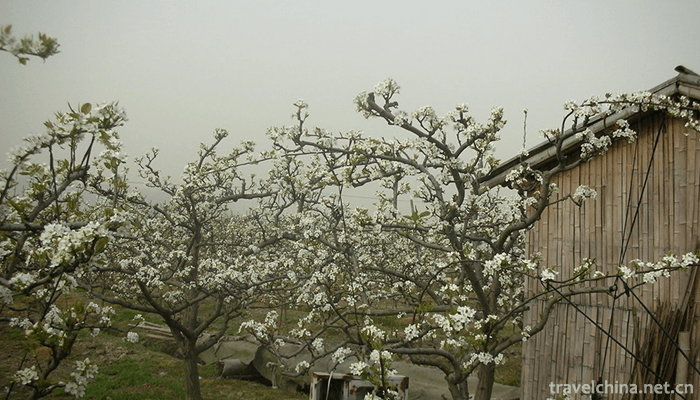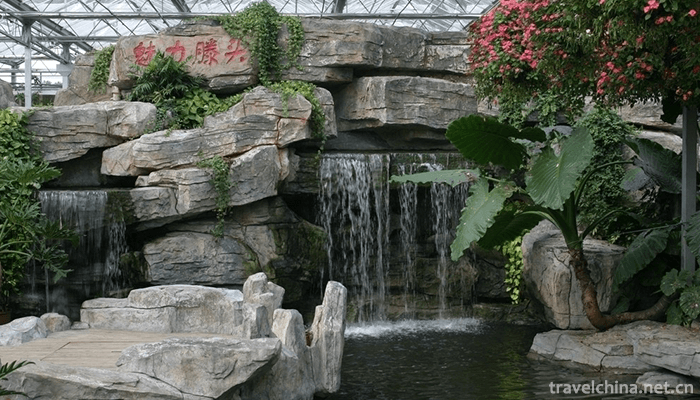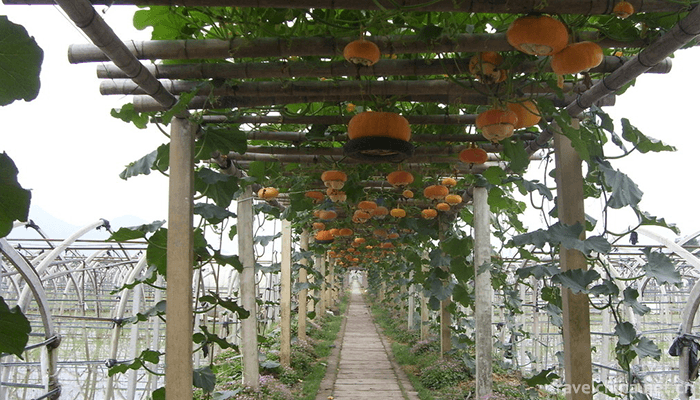Tengtou Ecological Tourism Area
Embedded between Fenghua and Xikou, Tengtou Eco-tourism Area is located in Xiaojiang Plain, close to Jiangba and Yongxi Highway. Located 6 kilometers north of Fenghua City, 27 kilometers away from Ningbo and 15 kilometers to the airport. It's 12 kilometers from the mouth of the stream. It is well-known at home and abroad for its unique eco-tourism area with "ecological agriculture", "three-dimensional agriculture", "green water, blue sky" greening project. Since winning the "Global Ecology 500" award of the United Nations in 1993, the first batch of national civilized villages, national environmental education bases, national ecological demonstration areas and the first batch of four A-level tourist attractions have won more than 40 national honors.
Development history
Tengtou, 296 households, 787 people; 6500 immigrants; 800 mu of arable land, 1.2 square kilometers. In the past, this place was famous for its poverty. "You can't marry Tengtou Village, but young offspring play bachelor". But Tengtou people rely on intelligence and hard work. With the spirit of "arduous entrepreneurship, never satisfied, hard-handed, ploughing till the end", we have propped up our own day and become a well-off model village of "one year, one year after another, one year after another, one year after another, the more and more decent, and the whole country as an example". Last year, the per capita income reached 13095 yuan. The village has become the first national "4A" eco-tourism area, and has been awarded "Global Eco-500 Best" by the United Nations. Party and state leaders, well-known personages at home and abroad and tourists came one after another. General Secretary Jiang Zemin spoke highly of "great villages" during his inspection. A poet wrote the poem "Green hills and clear waters are better than Taoyuan, Rili flowers are fragrant all the year round, where to find the fairy scenery on earth, and see Tengtou Village in Fenghua".
Main attractions
Tengtou scenic spot highlights the interactive experience of human and nature, human and culture, and creates a new tourism model for the future with a brand new concept of landscape construction. The ingenious village planning and garden construction, the ingenious combination of nature and human beings, deduced into a pastoral song of modern cities.
The scenic area is divided into East and west districts and students'social practice bases.
The eastern area is the old district. The main attractions are: pigeon square, fountain plaza, farmhouse music, pear blossom lake, bonsai garden, and thousand fish park. The entertainment items include: piggy running, big pig running, pigeons greeting, squirrels visiting new year, bullfighting half sheep, water tram, feeding red fish, wild duck flying, pear Lake rowing, duck robbing, male and female string imitation show, peasant girl recruitment, sawing timber and so on.
The western district is a new district, including rose picking area, exotic flower fruit shed, strawberry picking area, wedding garden, Sun Valley square, stone window hall, pastoral barbecue area, ploughing activity area; recreational projects include: *wheelbarrow battle, big rolling vat, weighing, rolling, grinding, soybean milk, straw shoes, making pig head rice cake, ploughing battle, loach catching, snail clam, photo yellow eel, fork fish, stone window curl Garden (Beijing Opera, Yueju Theatre Scenery), Ring of Running Iron, Gyroscope, Pastoral Barbecue, etc.
Students'social practice base is the national popular science education base for teenagers, and the national "I can do" experience base is the national "I can do" experience base. It focuses on cultivating students' innovative spirit and practical ability. Six major education programs are offered, including "patriotism, ecological environment protection, scientific popularization, military defense, labor skills, hardship development". It combines more than 100 activities of teaching and experiencing with agricultural customs and customs, so as to enable students to practice. Experience life, success and happiness in operation.
Tourism information
The tourist area has complete supporting facilities, which can accommodate more than 500 people for accommodation, more than 1000 people for meals, and has large and small meeting rooms.




0 Questions
Ask a Question
Your email address will not be published.